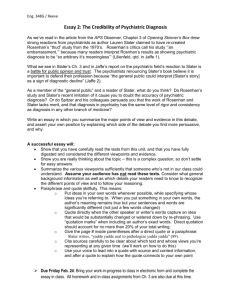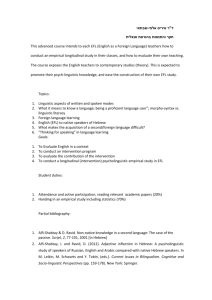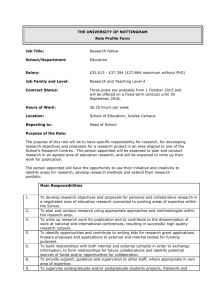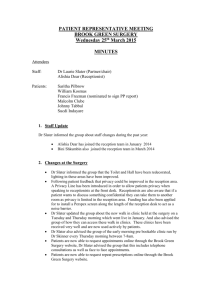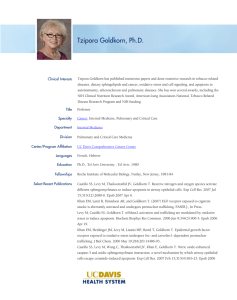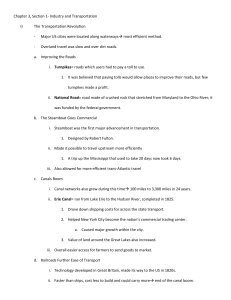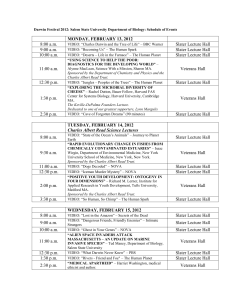here
advertisement
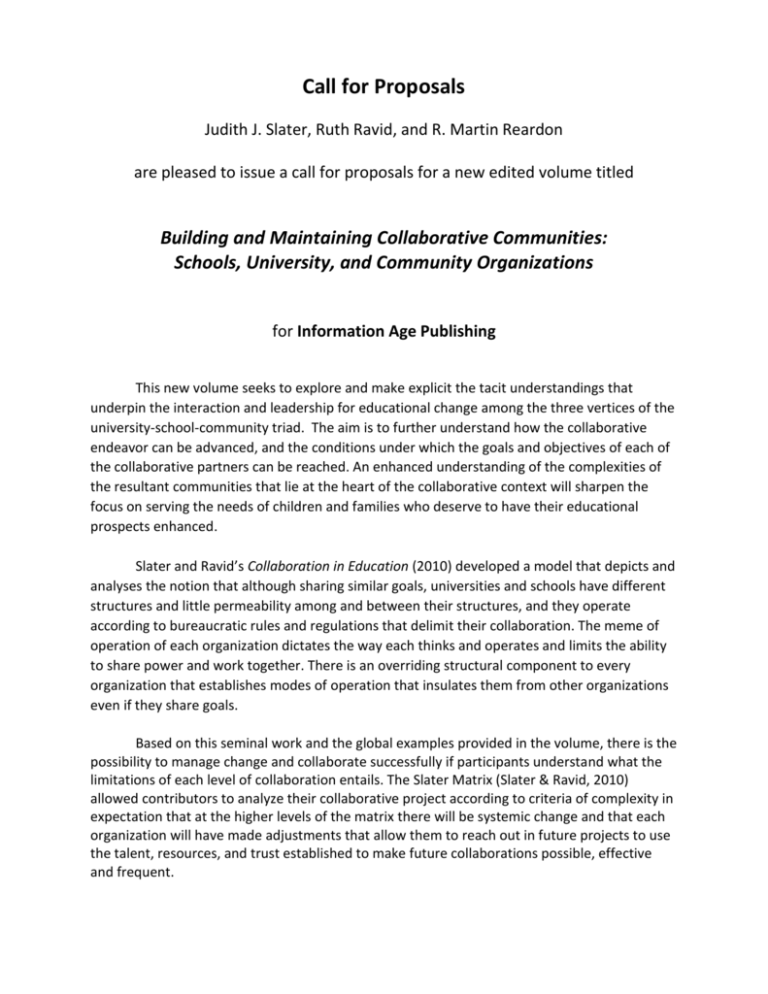
Call for Proposals Judith J. Slater, Ruth Ravid, and R. Martin Reardon are pleased to issue a call for proposals for a new edited volume titled Building and Maintaining Collaborative Communities: Schools, University, and Community Organizations for Information Age Publishing This new volume seeks to explore and make explicit the tacit understandings that underpin the interaction and leadership for educational change among the three vertices of the university-school-community triad. The aim is to further understand how the collaborative endeavor can be advanced, and the conditions under which the goals and objectives of each of the collaborative partners can be reached. An enhanced understanding of the complexities of the resultant communities that lie at the heart of the collaborative context will sharpen the focus on serving the needs of children and families who deserve to have their educational prospects enhanced. Slater and Ravid’s Collaboration in Education (2010) developed a model that depicts and analyses the notion that although sharing similar goals, universities and schools have different structures and little permeability among and between their structures, and they operate according to bureaucratic rules and regulations that delimit their collaboration. The meme of operation of each organization dictates the way each thinks and operates and limits the ability to share power and work together. There is an overriding structural component to every organization that establishes modes of operation that insulates them from other organizations even if they share goals. Based on this seminal work and the global examples provided in the volume, there is the possibility to manage change and collaborate successfully if participants understand what the limitations of each level of collaboration entails. The Slater Matrix (Slater & Ravid, 2010) allowed contributors to analyze their collaborative project according to criteria of complexity in expectation that at the higher levels of the matrix there will be systemic change and that each organization will have made adjustments that allow them to reach out in future projects to use the talent, resources, and trust established to make future collaborations possible, effective and frequent. 1. 2. 3. 4. 5. 6. This new volume expands on the Slater Matrix (Slater & Ravid, 2010) criteria of: Purpose Resources Mutuality Resistance to change Positives Limitations The addition unique to this volume is that of community and it acknowledges that school-university collaborations are situated in specific national, political, and social contexts which become increasingly salient as schools face issues that are more global in scope. The first issue is the question of student competitiveness in the world, second are questions of limited resources both monetary and personnel, and third are issues of leadership in managing change so that collaboration is a possibility. Acknowledging community as a third partner in the analysis and discussion of projects that involve all three organizations (universities, schools, and community) adds depth to the complexity of analysis. Defining what is meant by community itself is two pronged. One prong references the public, governmental agencies (local, state, and federal) that intersect with schools and universities. The second prong refers to the private interests and foundations that competitively fund specific initiatives in schools in light of the increase of charter schools and for profit organizations running schools. Public community organizations include those that are directly funded by local, state, and federal agencies that act as overseers of the rules and regulations that govern each. There are union components, political implications, and chains of command that delimit such organization’s scope of operation, and their ability to effectively deal with their mandates and extend their realms of influence and enforcement. There is a multiplicity of agencies that may or may not collaborate among themselves. Further, agencies are vulnerable to reductions in funding or issues that result in their falling out of favor. Private community organizations are dependent on donations and funding from foundations that is both competitive and issue driven (for example the Gates Foundation). Each competes, often with each other, for limited resources and funds. Many private community organizations are governed by a board whose members represent special interests that may be at odds with potential collaborating organizations. They also can rely on volunteers or paid employees whose personal agendas (perhaps inadvertently) filter organizational policies even as they are implemented. Requirements for possible inclusion in the volume are a submission of intent and a brief opening statement describing the context of the collaboration that includes university, school and community involvement in the project. All three organizations must be evident as a partner. This should be followed by a brief analysis based on the six criteria: 1. 2. 3. 4. 5. 6. Purpose Resources Mutuality Resistance to change Positives Limitations The entire submission for inclusion should not exceed FIVE double-spaced pages. Deadline for consideration is March 1, 2015 Please direct inquiries and send all proposals to each of the three editors listed below. Proposals will be evaluated collectively according to the criteria of inclusion of all three elements. Judith J. Slater, Professor Emeritus, Florida International University slaterjj@earthlink.net Ruth Ravid, Professor Emeritus, National-Louis University RRavid@nl.edu R. Martin Reardon, Assistant Professor, Department of Educational Leadership reardonr@ecu.edu
